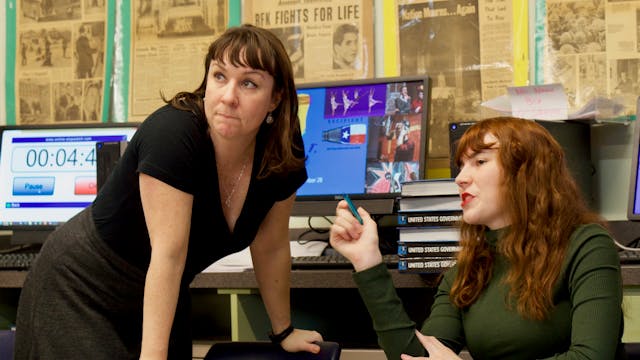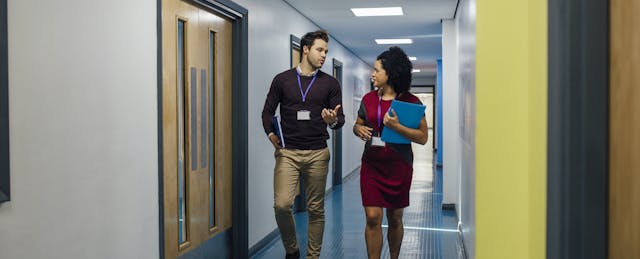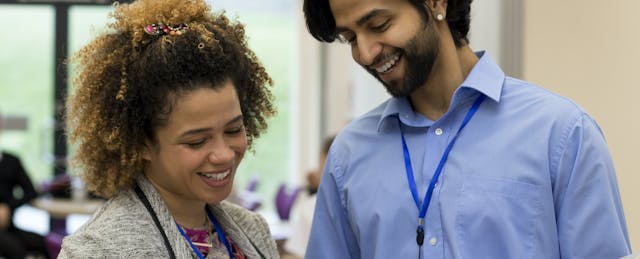Matt Gibson spends a lot of his time thinking about how people learn. As a fifth grade math teacher and instructional coach in New Orleans, Gibson has become increasingly interested in effective teaching informed by cognitive science—otherwise known as learning science—and how it can help teachers improve their practice.
That’s thanks in large part to Gibson’s participation as a coaching fellow at the Louisiana Resource Center for Educators. The center is a member of the Deans for Impact “Learning by Scientific Design” Network, a collaborative of 10 educator-preparation programs—some at colleges of education, others at alternative certification institutions—that work from a simple premise: knowing how to teach should begin with understanding how people learn.
The network set out to redesign coursework and clinical experiences to ensure future teachers were better equipped to apply learning science principles to their practice. Now in its third year, its mission has expanded beyond pre-service teachers to include better coaching and support for novice teachers once they're in the classroom as part of the practicum or student-teaching phase of their program.
The team at Deans for Impact has seen firsthand how novice teachers can improve by working alongside high-quality instructional coaches to hone their skills with learning science in mind. Through real-world examples and videos, let’s explore what happens when instructional coaches like Matt Gibson use learning science to help a novice teacher grow.
A Coach’s Journey
Deans for Impact workshops begin by building coaches’ understanding of learning science principles and associated “teacher actions” (i.e. the subsequent moves teachers make), which they then apply to their own instructional coaching.
When we asked Gibson about this experience, he recalled how he was introduced early on to the idea of engaging students in effortful thinking: a teacher action grounded in the learning science principle that the more deeply we think about an idea, the more likely we are to retain that information in our long-term memory and be able to retrieve it at a later date.
Principles like these have implications for the instructional choices educators make, and for Gibson it was no different. For instance, he had long known that higher-order questions mattered for student learning, but now he knew why: because those are the questions that prompt students to think effortfully about content, which means that information will be more likely to stick.
Connecting these dots began to change the expectations Gibson had of novice teachers and of himself—a process he described as playing out in parallel:
“Just as I saw teachers do a lot of thinking for students, I realized I was doing a lot of thinking for teachers when I coached them,” Gibson told us in an interview. “So I started to consider ways I could ask teachers to think effortfully about what I was asking them to implement—something as simple as, ‘What impact will this have on student thinking?’”
The Science of Coaching in Action
With effortful thinking questions like these fresh in his mind, Gibson set about working with a novice teacher completing his training at the Louisiana Resource Center for Educators named Michael Murry. Gibson’s aim was to help Murry think more deeply about his instructional decision-making—a process that was to be grounded in learning science.
What follows is a series of excerpts from an actual coaching session between Gibson and Murry. You’ll first read excerpts from an interview we conducted with Gibson about what was going on in his head as a coach at each moment in the session; you’ll then have the chance to see through the videos how he applied learning science to the choices he made along the way—setting an example for Murry to use in his teaching.
Click each image to see the excerpts and videos.








